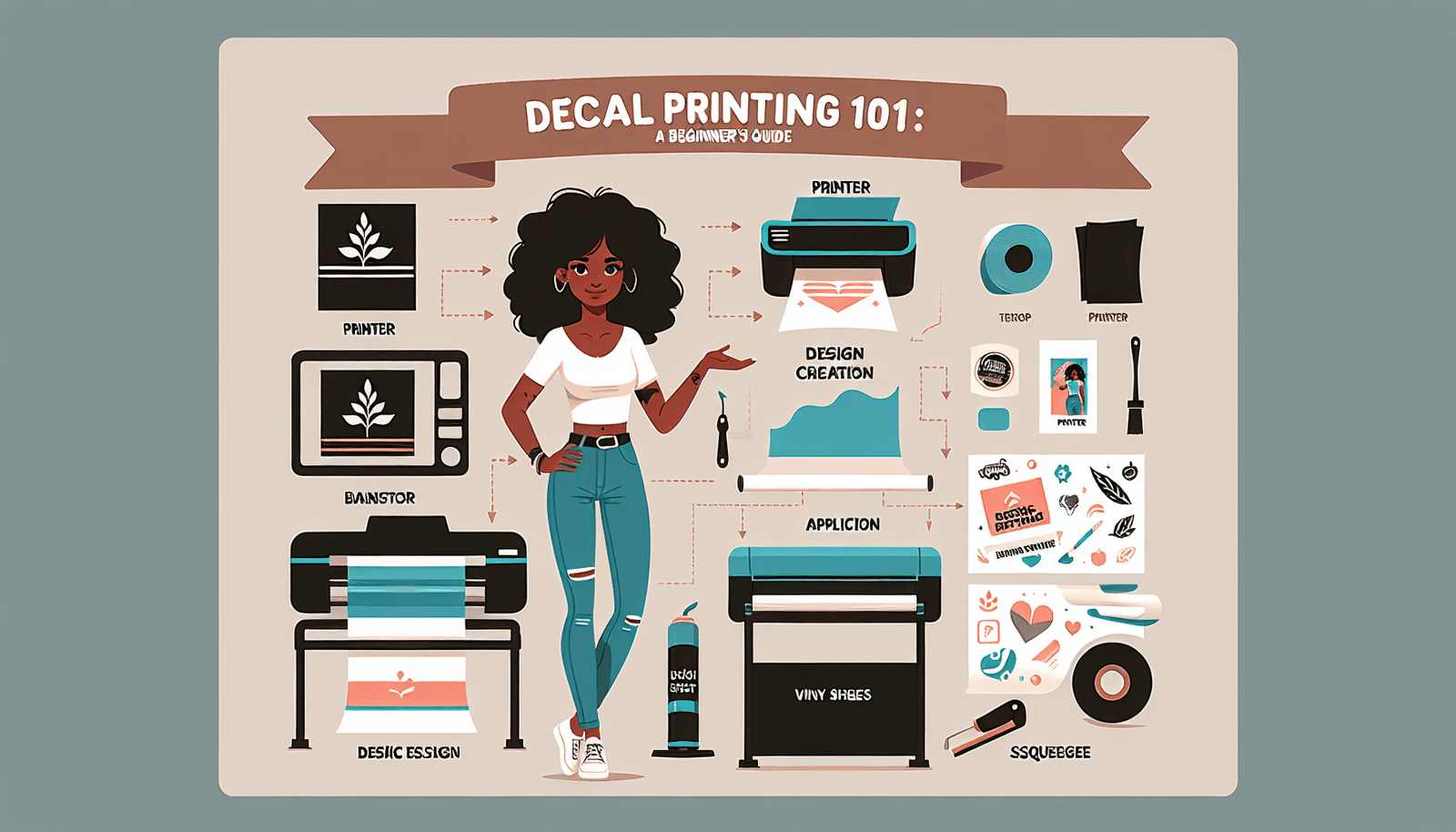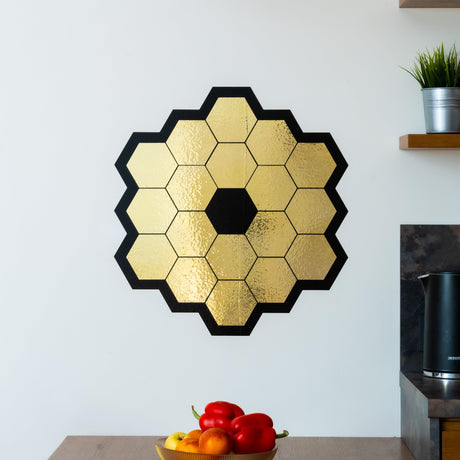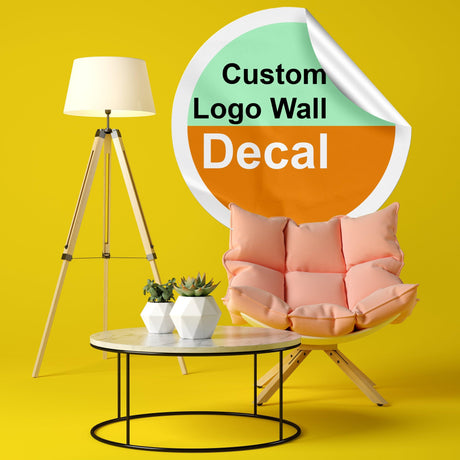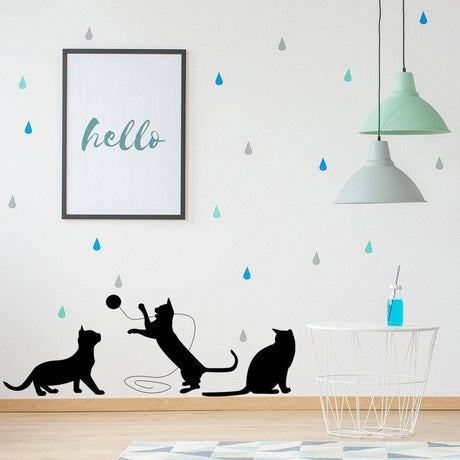Understanding Decal Printing
Decal printing is a unique way to customize and brand items ranging from personal belongings to business products. Whether you are looking to create custom stickers for your laptop or need to brand company equipment, decal printing offers a versatile solution. In this beginner's guide, you'll learn the basics of decal printing, including the types of decals, the printing process, and how to apply them correctly.
Types of Decals
Before you dive into the world of decal printing, it's crucial to understand the different types of decals available. The three main types are waterslide decals, vinyl decals, and static clings.
- Waterslide Decals: These are printed on a thin film that is transferred from the paper backing to a desired object using water. They are ideal for detailed or intricate designs and are commonly used on models, ceramics, and glass.
- Vinyl Decals: Known for their durability, vinyl decals can withstand outdoor conditions and are perfect for car decals, outdoor signage, and stickers for personal items like water bottles.
- Static Clings: Static clings use static electricity to adhere to smooth surfaces like windows. They are easily removable and reusable, making them great for temporary promotional material or vehicle window decals.
The Decal Printing Process
Decal printing is all about precision and quality. It involves several key steps that begin with the design phase and end with the application of the decal. Here's an overview of the process:
Designing Your Decal
The first step in decal printing is to create a high-resolution design. Graphic design software such as Adobe Illustrator or Photoshop can help you craft your perfect image or logo. It's important to consider the color, shape, and size of your decal during this stage, as well as the surface it will be applied to.
Choosing the Right Material
Once you have your design, you'll need to select the appropriate material for your decal. This choice will largely depend on the application and longevity required. Vinyl is the go-to for most outdoor applications, but if you need something delicate or temporary, water-slide or static cling material may be a better fit.
Printing Your Decal
With design and material in hand, the next step is printing. Using either inkjet or laser printers, your image is transferred onto the decal material. Professional decal printing often involves high-end printers that offer a wider range of colors and better durability than consumer-grade printers.
Finishing Touches
After printing, the decals may receive additional treatments, such as lamination or cutting, to protect the decal from environmental factors and to ensure it matches the desired shape and size.
Applying Your Decal
Application is the final and most satisfying part of the decal printing process. Each type of decal has a slightly different application method:
- Waterslide Decals: You'll need a bowl of water and a squeegee. Soak the decal until the backing paper loosens, slide it onto the surface, and then use the squeegee to remove any air bubbles or excess water.
- Vinyl Decals: Adhesion is achieved by peeling off the back and carefully placing the decal on the desired surface. A credit card or squeegee can be used to smooth out the decal and remove air bubbles.
- Static Clings: Static clings simply need a clean and smooth surface to stick to. You can reposition them until you find the perfect spot, then use a squeegee to remove air pockets.
Decal Care and Maintenance
Maintaining your decal is relatively straightforward. Vinyl decals need occasional cleaning with a damp cloth to keep them looking fresh. Avoid using harsh chemicals or high-pressure washes on any decal to protect the integrity of the adhesive and the print. With proper care, your decals can last for several years.
Conclusion
Decal printing offers a world of creativity and practicality for both individuals and businesses. By understanding the different types of decals, the steps in the printing process, and the correct application techniques, you'll be well-equipped to create stunning, durable decals that can enhance your brand or personalize your belongings. Remember, with decal printing, the only limit is your imagination.
Custom decal printing















